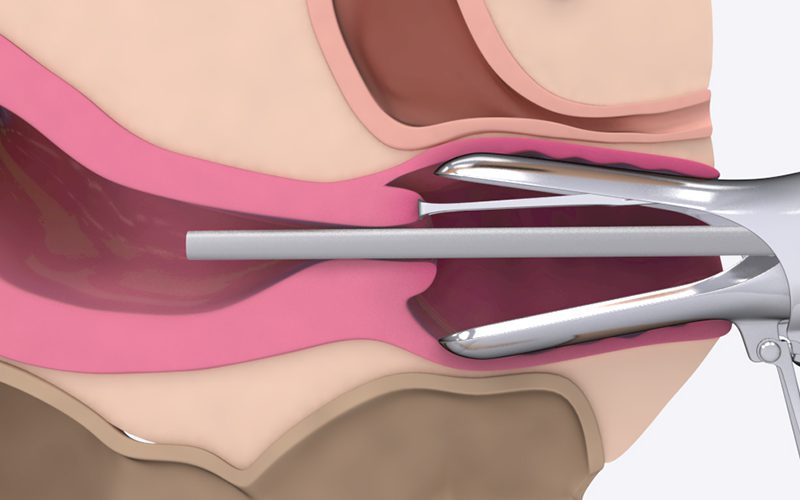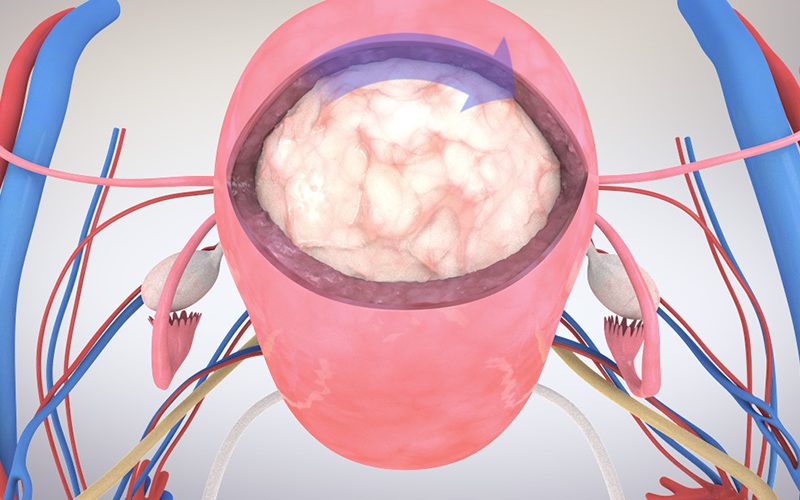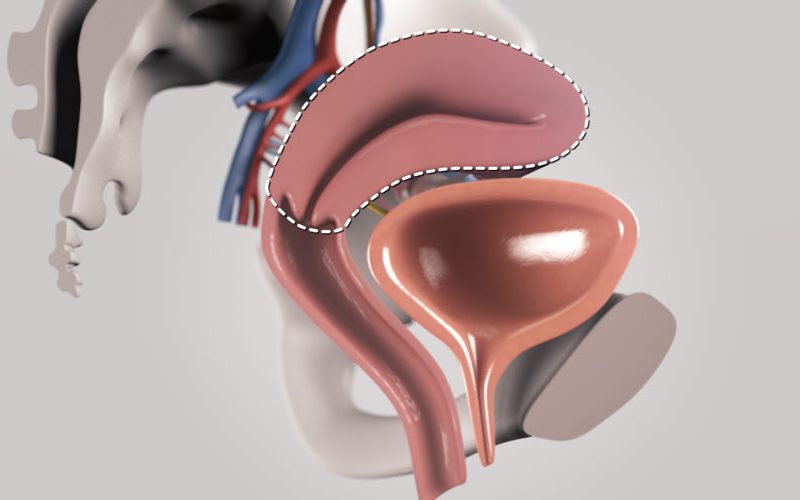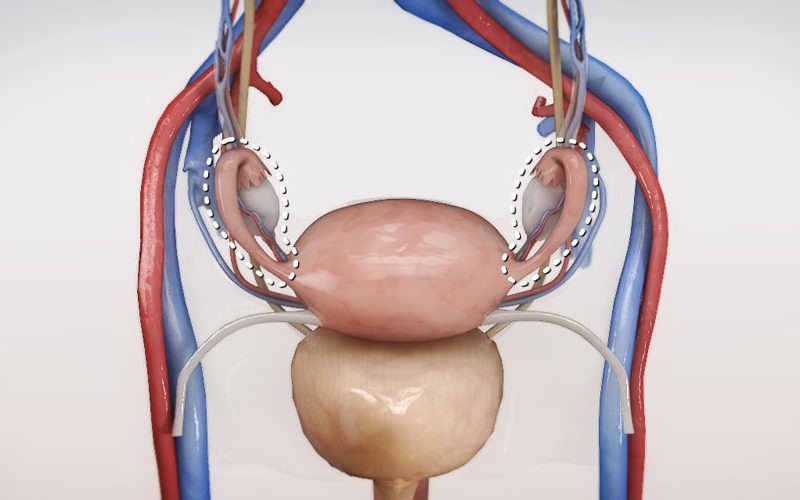Abdominal Entry
In laparoscopic gynecologic surgery
00:17 Veress needle technique
04:38 Hasson technique
05:56 Accessory ports
Case Description
- The common techniques for establishing pneumoperitoneum include the Veress needle technique (closed entry) and Hasson technique (open entry).
- The umbilicus is the preferred location for the entry because there is minimal subcutaneous tissue and the layers of the fascia are fused at the linea alba. There are no important structures, and it’s the shortest distance entering the abdominal cavity.
- In a patient with a normal BMI, the Veress needle is inserted at a 45-degree angle at the umbilicus to avoid the bifurcation of the great vessels. However, in a patient with an elevated BMI, a 90-degree angle is used since the umbilicus is caudal to the bifurcation.
- Palmer’s point, an alternative location for Veress needle entry, is 2 cm below the costal margin in the mid-clavicular line on the left-hand side. This site is chosen in patients with previous midline laparotomy, pelvic pathology that extends to or above the umbilicus, very thin patients, very obese patients, or after multiple failed attempts at umbilical entry. The Veress needle is always inserted at a 90-degree angle at Palmer’s point regardless of BMI.
- Once pneumoperitoneum has been established, the trocar can be placed blindly (as demonstrated in the video) or using an optical trocar, where the surgeon visualizes the fascia, rectus muscles, and peritoneum on entry to the abdominal cavity.
- Accessory ports can be placed in the left and/or right lower quadrant, two fingerbreadths medial and two fingerbreadths superior to the anterior superior iliac spines.
- When placing the accessory ports, care is taken to avoid any large superficial vessels and the deep inferior epigastric arteries on the anterior abdominal wall. This can be done by transilluminating the skin or observing the abdominal wall using the laparoscope. An additional safety check is to make sure there is no significant bleeding when instilling local anesthetic at the desired port location.
- An additional accessory port may be placed either suprapubically or at the level of the umbilicus on either side.




